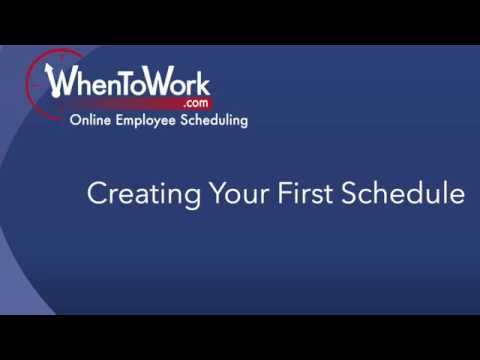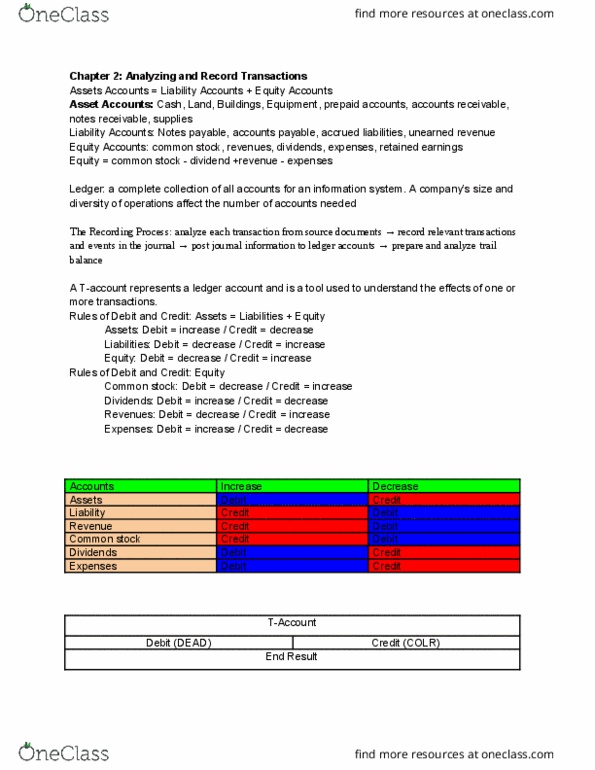
A company that produces cars might have the steel involved in production as a variable cost. The trinkets are very labor-intensive and require quite a bit of hands-on effort from the production staff. The production of widgets is automated; it mostly consists of putting raw material in a machine and waiting many hours for the finished goods.
- In the end, cost accounting gives you clarity about operating costs to help you make better decisions, and steer your business towards improved profitability.
- Cost accounting is concerned with the collection, processing, and evaluation of operating data in order to achieve goals relating to internal planning, control, and external reporting.
- Variable costs must be managed if cost efficiency is to be maintained with increasing production.
- Individually assessing a company’s cost structure allows management to improve the way it runs its business and, therefore, improve the value of the firm.
- It emphasizes the broader financial performance and position of the company, summarizing revenues, expenses, and profitability.
What is Cost Accounting? Definition, Basics, Examples
Financial decision-making is based on the impact on the company’s total value stream profitability. Value streams are the profit centers of a company; a profit center is any branch or division that directly adds to a company’s bottom-line profitability. Activity-based costing can be very useful in identifying and eliminating ineffective production processes. However, it is a tedious method that is unsuitable for companies operating on a day-to-day basis. Activity-based cost accounting is usually for companies where an item goes through different stages of production, like automobile companies. They can not be added to the cost of production because they do not necessarily guarantee the production of an item.
Which Types of Costs Go Into Cost Accounting?

This method of costing is when multiple units of the same item are produced simultaneously. Batch costing is typically used by companies that seek continuity in the production process. This how long should i keep my tax records method aims to work out the cost of each unit of output and how various types of costs contribute to the total cost of the unit. It is used by companies who have a standard cost for each unit produced e.g brick manufacturers.
Examples of Cost Accounting
The different types of cost accounting include standard costing, activity-based costing, lean accounting, and marginal costing. Standard costing uses standard costs rather than actual costs for cost of goods sold (COGS) and inventory. Activity-based costing takes overhead costs from different departments and pairs them with certain cost objects. Marginal costing evaluates the impact on cost by adding one additional unit into production. Companies may be moved to adopt ABC by a need to improve costing accuracy, that is, understand better the true costs and profitability of individual products, services, or initiatives.
Finance Strategists has an xero review – software features advertising relationship with some of the companies included on this website. We may earn a commission when you click on a link or make a purchase through the links on our site. This enables the company’s management team to guard the enterprise against any eventuality. Standards are established and used to measure the efficiency not only of labor but also every other production factor. Estimates and plans are provided, which are compared with the actual results and deviations to develop corrective measures.
The goal of lean accounting is to improve financial management practices within an organization. Lean accounting is related to lean manufacturing and production, which has the stated goal of minimizing waste while optimizing productivity. For example, if an accounting department is able to cut down on wasted time, employees can focus that saved time more productively on value-added tasks. Hence, using face value costs may not be enough to accurately show how much the company has incurred in the production of an item. Throughput cost accounting aims to improve an wave financial 2021 organization’s efficiency by removing bottlenecks (production limitations) in the production process to maximize throughput.
Yarilet Perez is an experienced multimedia journalist and fact-checker with a Master of Science in Journalism. She has worked in multiple cities covering breaking news, politics, education, and more.
Marginal costing (sometimes called cost-volume-profit analysis) examines the impact on the cost of a product by adding one additional unit into production. Marginal costing can help management identify the impact of varying levels of costs and volume on operating profit. This type of analysis can be used by management to gain insight into potentially profitable new products, sales prices to establish for existing products, and the impact of marketing campaigns. In contrast, the actual cost is the real amount expended in the production of a cost item. Costs included when using standard costing include variable costs and periodic fixed costs like rent.


 Italiano
Italiano
Leave a Reply